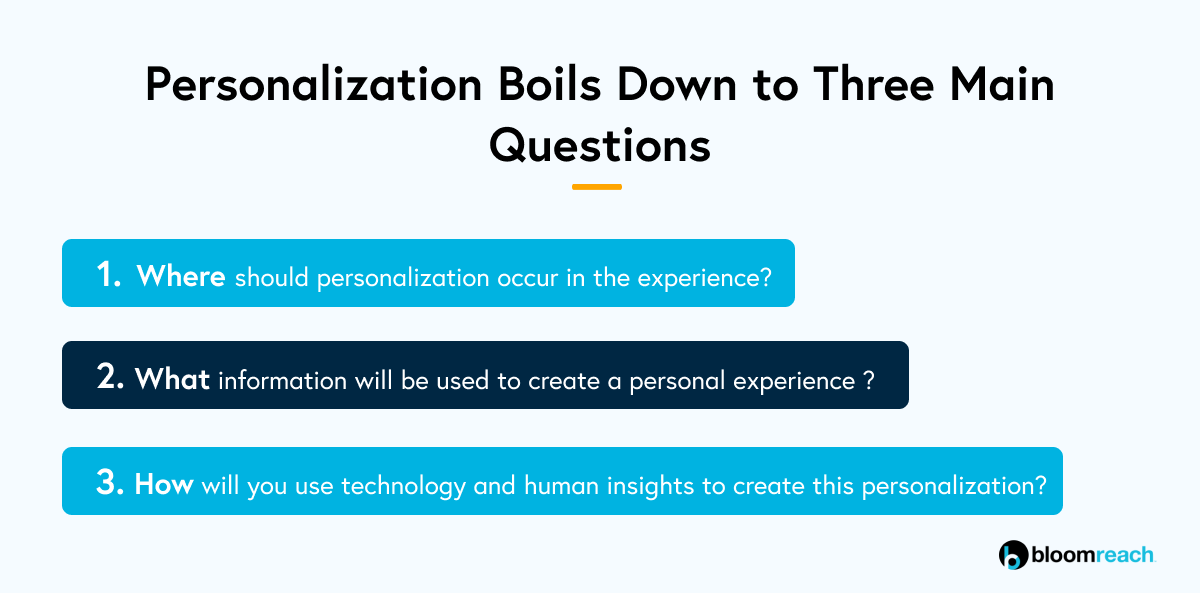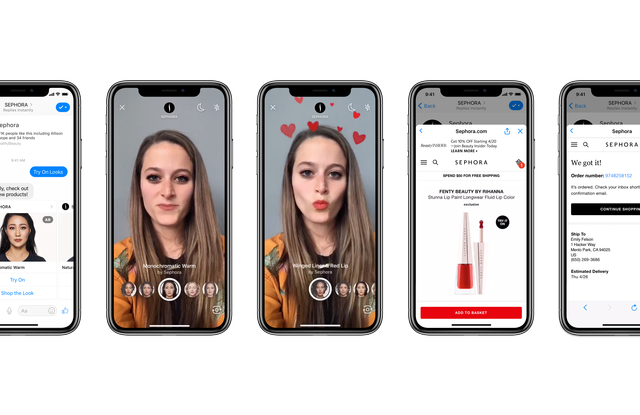The digital world is all about bringing innovation via buzzing ideas, technical advancements, immersive applications, smart tools and devices, and more in order to make a successful world where greatness and uniqueness are normal.
Following a multidisciplinary approach, businesses today intend to deliver quality services without making any compromises to achieve enhanced customer experience (CX).
Do you know that our globe accommodates 2.2 million smartphone users where all together 37.8 billion apps were downloaded in the second quarter of 2020?
With great statistics upfront, businesses need to realize that there is a massive opportunity to empower users, leverage customer experience, strengthen the online presence, and generate hefty revenues.

Global App Downloads Quarter-Wise (in Billions)
Nevertheless, it’s easier said than done!
When the talk is about leveraging CX in strategic form the two fueling fragments namely customization and personalization can’t be missed to get the fire on. Where Customization is merely applying changes as per the user, Personalization goes a step ahead and focuses on rendering a user much more than expected.
Given the level of competition in the mobile app development industry, the personalization of apps is the next evolutionary step that comes after customization and is considered a meaningful differentiator for app creators.
Scaling retention, powering user engagement, and deriving consistent conversions is possibly practical by integrating a strong and effective personalization
“When done Right, Personalization lends focus and adds beauty to your App Design.”
A significant shift towards personalization is evident as virtually all industry segments are performing it already but there exist many personalization failures that indicate not to take it sparsely.
The Need of the Hour: Mobile App Personalization
“Personalization is a step beyond Customization.”
98% of marketers state that personalization advances customer relationships where nearly 89% of the digital businesses have pivoted the liver to invest in personalization.
Personalization is a dynamic process that happens in real-time and in the context of apps it’s about tailoring the app experience effectively aligned with user-specific needs. A user wants to be understood, feel special, and demand for his requirements to be met, and the sword of personalization hits the same.
Mobile app personalization is about drafting everything just for the end-users, all of it individualized and relevant to the user. This implies that your personalized mobile applications can include push notifications (obvious and for sure), recommendations, discounts, tips, and much more centric to the desires of users.
One needs to go beyond the obvious to survive in a hyper-competitive environment. Addressing uses by names, sending them birthday coupons, etc. is old school and not enough. User’s expectations have gone to the next level where they demand to witness tailor-made customer experience right from the first-time app launch.
Let’s learn it from Starbucks.
Occupying more than 14.2 million active U.S. rewards program members, the brand continues to solidify its digital relationships by bringing mobile payment with personalized features of earning rewards and making in-store purchases, but in an exceptional way.

The app renders an excellent level of convenience to the users for making their product payments via scanning a barcode (from their smartphone) linked to their registered Starbucks Card. Further, it also gives the option of ‘Shake to Pay’ i.e by shaking their device they can activate the pay screen feature, thus, allowing ease of comfort over one of the obligatory app functions.
Additionally, the app allows customers to earn stars in the form of rewards via its My Starbucks Rewards program where users can track and redeem their rewards, manage their accounts, and gain access to new product information and promotions.

With this one can deduce that
Personalization Attracts & Enhances
-User Engagement
-Retention
-Individual Relationships
-In-App User Experience
-Efficiency and Customer Satisfaction
[Prefer Reading: “Survival of the Digitalist: Technology Driven Customer Experience.”]
Tips and Tricks to Deliver Highly Differentiated User Experience

NetSet deeply understands the significance of one-to-one personalization across different platforms and devices and comes with some strategic techniques that are followed during digital product development.
Let’s take a rundown:
#1 Set the User Data & Analytics Backbone in Place
Getting a personalization strategy in place proves to be effective if appropriate user data is gathered and utilized to expect favorable outcomes out of it.
Before developing a mobile application a deep R&D is required to collect the right demographics, device-type information, geolocation, etc. that helps to capture the fundamental data parameters at the time of the user onboarding stage. (registration/login)
While constructing a mobile app for all-type users, one must get a unified view of every user in real-time that will further refine your techniques. Factors that contribute:
- In-App behavior
- Actions and inactions
- Responses and interactions
- Product search history
- Payment mode chosen
- Common paths leading to conversions
- And more
Orchestrating user data efficiently and analyzing their traits will get you granular actionable insights to forge relevant user segments.
[Prefer Reading: “Grocery Shopping App Features: Basic, Advanced & Miscellaneous”]
#2 Start Personalizing the App from the First-Time Launch
Remember what I stated above: ‘User’s expectations have gone to the next level where they demand to witness tailor-made customer experience right from the first-time app launch.’
Modern users possess unique characteristics where one cannot apply the ‘one size fits all’ fact. Delivering a high-level personalized experience on the first time launch of the application can get you a positive response, recognition, and recommendations too.
With the collected demographic data points, you can deliver a personalized user experience initiating from the app homepage where you can well manage the homepage screen to educate the operators over key features, functionalities, and usage.

#3 App Navigation be Tailor-Made
Personalization doesn’t limit itself to merely adding exceptional functionality it can further be explored utilizing other parameters like gender, seasons, time zones, seasons, weather, and much more.
Your app can be harnessed by personalizing CTAs, images, offers, trending products, etc., and be further optimized as per the most common factors that lead towards the path of conversion, thus, individualizing the mobile app navigation journey and offering users exactly what they want.
Haptics and advanced features within the mobile application can increase the chances of user engagement, being an add-on to the app navigation.

#4 Add a Tint of Personalization to the Search Experience
Big organizations are paying a huge amount of money to know the intent of a customer.
With this development within AI assistance businesses today can easily acumen the intent of the customer ie: whether the customer wants to purchase the product, book something or want to consume something.
With the clarity of the consumer intent, you would be able to push the user faster towards what he/she exactly wants.
You can also easily gather the content or product’s recommendations based on the partial or full search terms written in the search tabs where the AI assistance could further consider the historic searches made by the account.
The assistance will show a continuous rise in its accuracy with every search user will make, which will reduce the gap in the customer buying journey from the discovery of a product to its purchase.
For example: Assume you are an expert in selling cosmetics on eCommerce platforms, you can start suggesting the most relevant product recommendations for lipsticks when a user searches for a particular brand of lipstick.

#5 Deploy Live Contextual Recommendations
Text messages still haven’t lost their value and can be best made to be put as in-app messages while focusing on optimizing content personalization by triggering relevant product or service recommendations.
Your user engagement technique must focus on the context of the user content or search and offer product suggestions, knowing their clear intent. This can help you with cross-sell and upsell opportunities, raising the probabilities of increased average order value.






